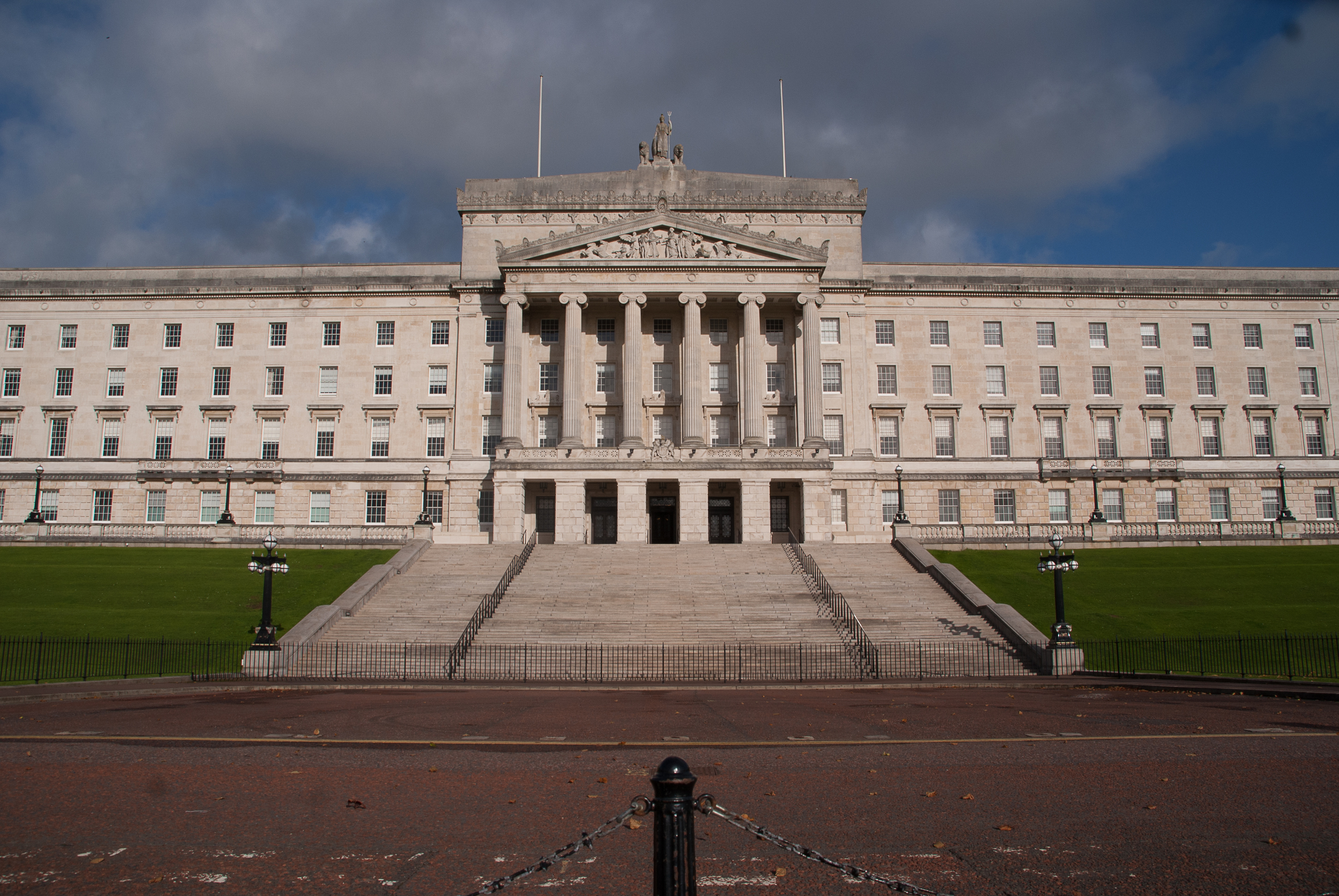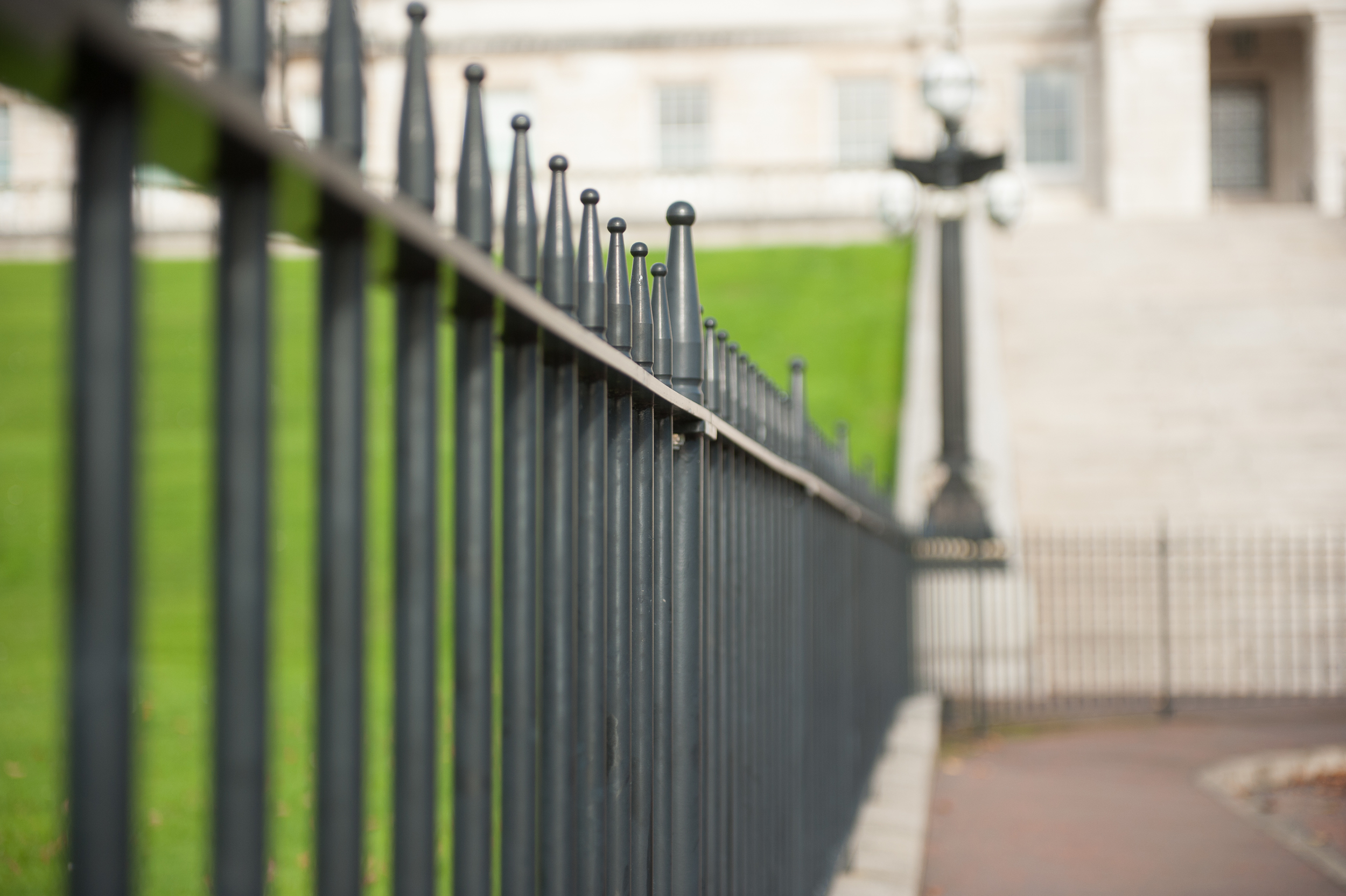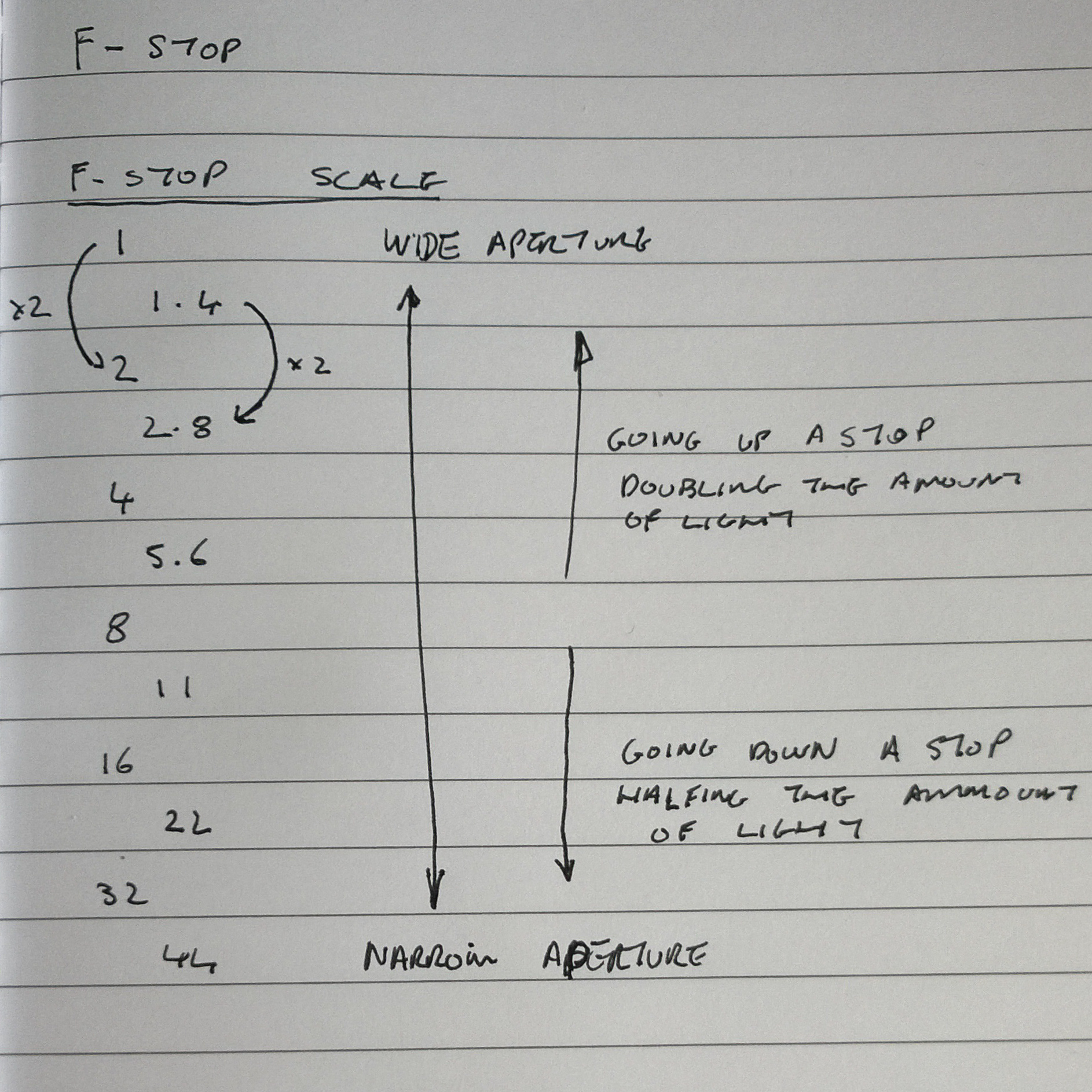This exercise had two parts, firstly we had to find the standard focal length of the lens, and secondly to use a zoom lens to show different angles of view.
Standard focal length
So I got my trusty D 700 with the 24 to 70 F2 .8 and began holding it up to my right eye and intermittently closing my right and opening my left whilst zooming, to find the focal length which best matched what I saw with my naked eye. Common understanding amongst photographers is that the standard lens (i.e. that which is closest to your own vision) on a full frame camera is the 50 mm. I was very surprised to find that it was closer to 70 mm before both views were equal. So it became obvious to me that I would be zooming between wide and “standard” for the exercise as the lens is a 24mm to 70mm. So at this point in proceedings I grab my daughters Sony a200 with its 18 to 200 zoom lens. This would help me properly tackle the second part of the exercise, but the crop sensor on the a 200 may just add more confusion.
Angle of view
The scene I selected for the angle of view exercise was Stormont government buildings near Belfast. I set up the tripod firstly with the D 700 and took the following images at 24 mm, 50 mm, and 70mm.



From where I was standing the 70 mm was definitely closest to what I saw with the naked eye. Then it was the turn of the Sony a 200 to take its place on the tripod. I shot images at 18 mm, 50 mm, and 200 mm.



If we compare the images side-by-side we start to see high focal length on the crop sensor differs from that on be a full frame sensor. The photographs on the right were taken with the Sony a 200, the crop frame camera.


As you can see the photograph from the Nikon full frame camera taken at a focal length of 24 mm is wider in angle of view than the photograph from the Sony crop sensor camera taken at focal length of 18 mm (supposedly wider). So what becomes evident is that the full frame sensor gives you a much wider angle at the equivalent focal length. This becomes more obvious in the next two photographs as they are both taken at a focal length of 50 mm


We can clearly see in the images above that the Nikon full frame gives a much wider angle than the Sony crop sensor at the same 50 mm focal length. In fact if you look at the photographs taken with the Nikon at 70 mm it has a similar angle of view as the photograph taken with the Sony at 50 mm


I will return to this post and update it with the second part of this exercise were I will compare her prints of photographs at the place where those photographs were taken.












